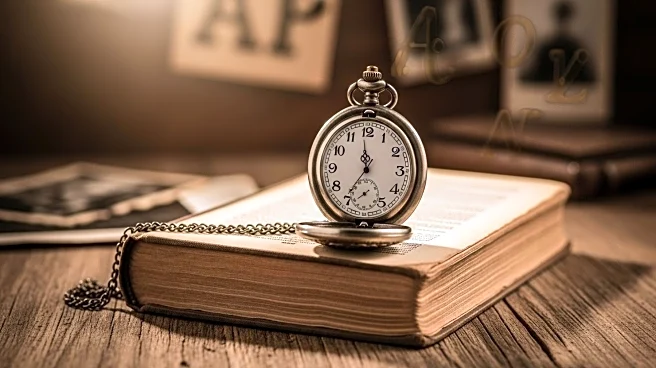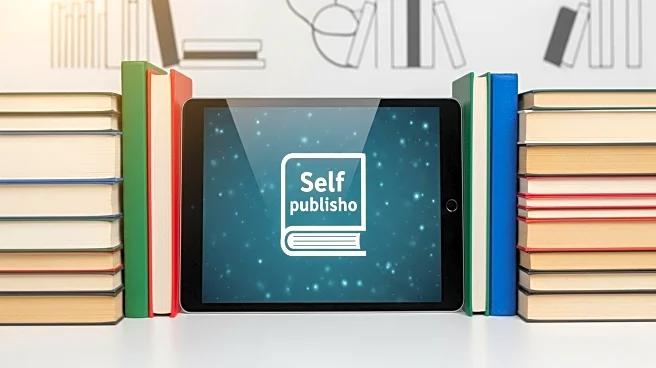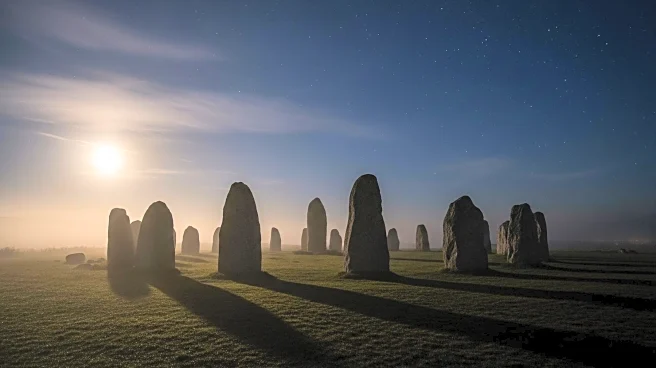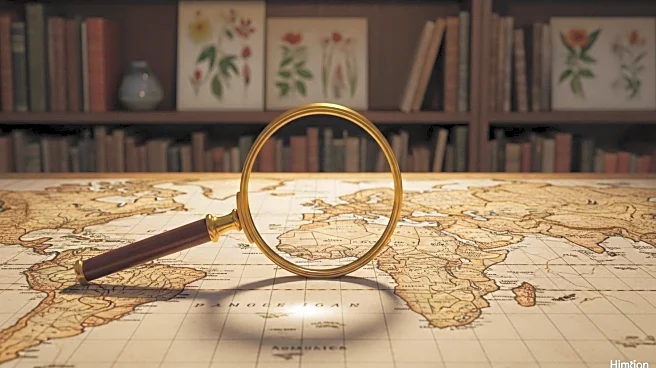What's Happening?
Ian McEwan's latest novel, 'What We Can Know,' delves into the complexities of understanding the past, particularly in matters of the human heart. Set in the 22nd century, the story follows Thomas Metcalfe, an associate humanities professor, as he attempts to uncover the mystery behind a poem written by the late poet Francis Blundy. The poem, 'A Corona for Vivien,' composed in 2014, has become a subject of intense academic speculation. Metcalfe's quest is complicated by a future world ravaged by nuclear catastrophe and mass migrations, yet the digital records of the past remain intact, allowing him to piece together historical events. McEwan's novel challenges the notion that raw data and art can fully capture human nature, highlighting the limitations of historical interpretation.
Why It's Important?
The novel's exploration of the past's elusiveness is significant in today's context, where the concept of shared history is increasingly challenged. McEwan's narrative suggests that attempts to reconstruct the past can be fraught with intellectual vanity and misinterpretation. This theme resonates with current societal debates over historical narratives and the reliability of data in understanding human experiences. The novel serves as a cautionary tale about the dangers of relying solely on digital records and data to interpret complex human emotions and relationships, emphasizing the need for a nuanced approach to history and biography.
What's Next?
As readers engage with McEwan's novel, it may prompt discussions on the role of historians and biographers in shaping our understanding of the past. The book could influence academic circles, encouraging scholars to reconsider the methodologies used in historical research and the interpretation of literary works. Additionally, the novel's themes may inspire further literary exploration of the post-truth era and the challenges of preserving cultural memory in a digital age.
Beyond the Headlines
McEwan's novel raises ethical questions about the responsibilities of historians and biographers in representing the past. It challenges the assumption that digital records can provide a complete picture of historical events, highlighting the potential for misinterpretation and bias. The story also touches on the cultural impact of climate change and nuclear catastrophe, offering a speculative glimpse into a future shaped by environmental and societal upheaval.










